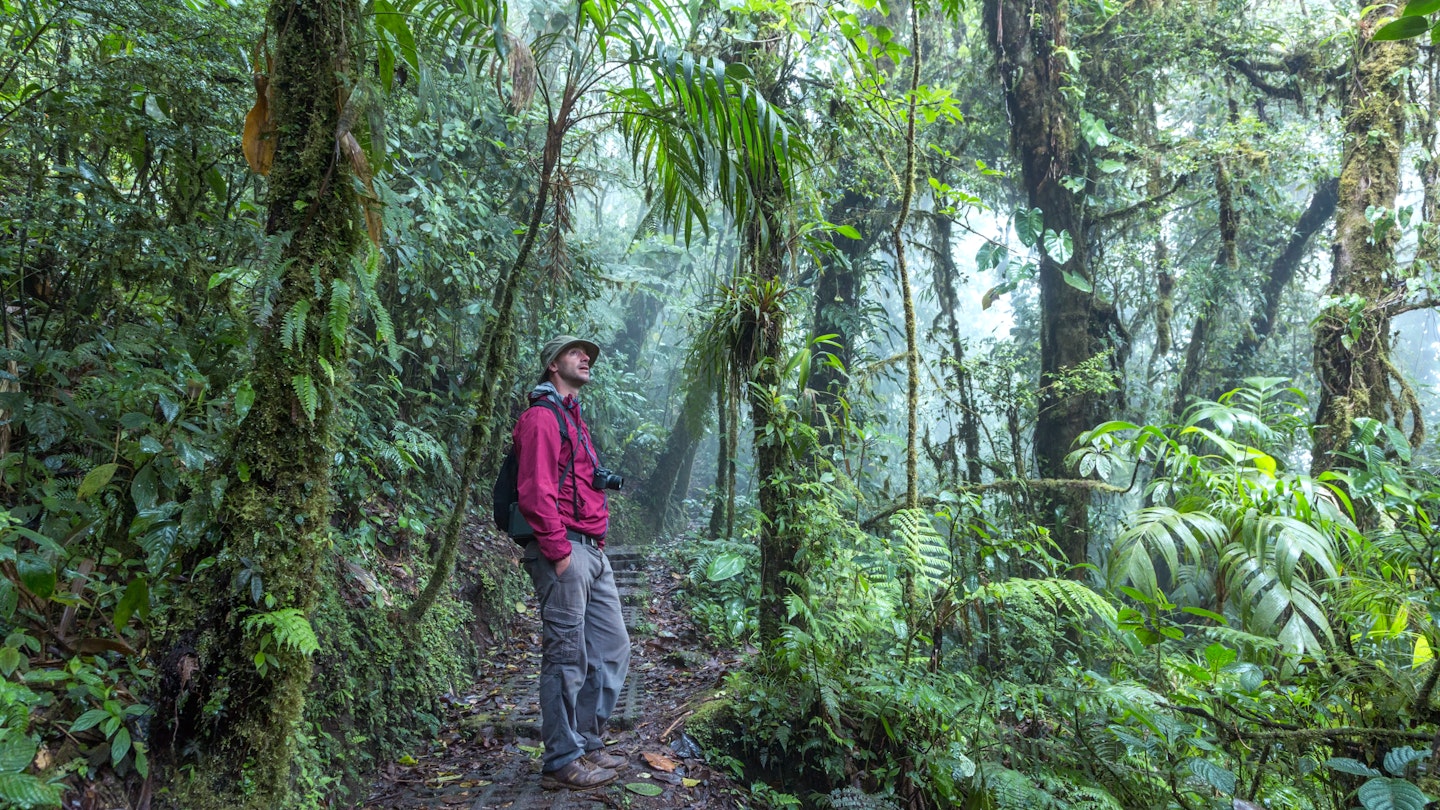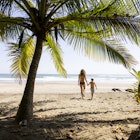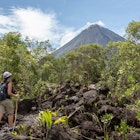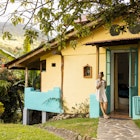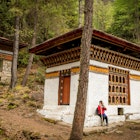On a recent trip to Costa Rica, on a hike in the remote forests of Volcán Tenorio National Park, the sky unexpectedly opened up, dumping buckets of rain on my 12-year-old twins and me. We were completely soaked, despite our rain gear.
“So much for the dry season,” I complained.
My kid looked at me with incredulity.
“Mom, we’re in the rainforest!”
Good point, kid.
In Costa Rica, every adventure comes with a potential misadventure. That’s the lesson I have learned (and learned to love), from 25 years of traveling in this wild wonderland.
From driving through rivers due to washed-out bridges, to getting stung by scorpions, to getting lost in the country’s largest national park…I have had my fair share of travel “disasters.”
But I have also learned how good planning (and a healthy dose of reframing) can turn almost any disaster into an extraordinary experience. Here are 13 tips to make sure your trip to Costa Rica is memorable in all the right ways.
1. Your essential packing item: waterproof hiking sandals
Waterproof sandals are ideal for river crossings, rocky beaches, waterfall swimming and other essential Costa Rica activities. Close-toed sandals are recommended (and sometimes required) for many activities.
2. It’s hot in the lowlands, but cool in the mountains
Costa Rica is in the tropics and yes, it gets hot on the coast and in the humid lowlands. But the temperature drops significantly as you climb into the mountains. If you’re planning to go to the cloud forest – Monteverde or San Gerardo de Dota or Rivas – you’re going to want a jacket (at least).
3. It rains a lot in the rainforest – even in the dry season
The rainforest and cloud forest are wet climates at any time of year. So it’s best to pack for rain, even if you are traveling in the so-called dry season. Bring sturdy, waterproof boots for hiking on muddy trails.
Be prepared for showers (or downpours) with a quick-drying, moisture-wicking base layer and a waterproof rain jacket.
4. Costa Rican liability insurance is mandatory for all vehicle rentals
Everybody who rents a vehicle in Costa Rica is legally required to purchase liability insurance from the rental agency. This can be frustrating and confusing for travelers, especially since the extra cost of this insurance is (often) not included in the original price quoted at the time of reservation.
It seems like a scam, but it’s an official scam and there’s no way around it. You can usually avoid this confusion (but not the charge) by reserving your vehicle directly with a rental car agency and not through a third-party consolidator.
Note that most rental agencies also require drivers to have comprehensive insurance, in addition to liability insurance. You may be able to avoid purchasing a comprehensive insurance package if you use a credit card that provides this benefit.

5. Do you need a 4WD vehicle in Costa Rica?
Do you want to swim at secret beaches, discover hidden waterfalls and hike untrodden trails? You’re probably going to need a 4WD to get there.
There are plenty of wonderful places in Costa Rica that do not require a 4WD; but there are plenty that do, and it’s hard to know which is which until you are sliding slowly but surely backward down a steep hill. Or staring at a road that continues on the other side of a river. Or stuck solid in a muddy rut.
So, yes - if you’re going to rent a vehicle, you should probably rent a 4WD.
6. Pura Vida is a state of mind
It’s easy to travel in Costa Rica without knowing much Spanish, but there is one phrase you need to know: Pura vida! It’s a salutation and a valediction, a statement of affirmation or appreciation. It means that life is good, or literally, “pure.” Pura vida! You will hear this a lot, and hopefully you will feel it too.
7. Costa Rica is eco-conscious
Many Costa Rican residents are passionate about protecting the country’s incredible natural resources. You’ll notice this earth-positive attitude when you tour organic farms, hike at private nature reserves, learn about local wildlife and stay at eco-lodges. Ecotourism is a huge part of the Costa Rican economy (accounting for up to 10% of GDP).
That said, there is an appreciation of country’s biological and geological diversity for its inherent value, not just its economic value. This means that the country prioritizes things like reducing its carbon emissions and preserving its habitats, even when it’s not immediately economically beneficial.
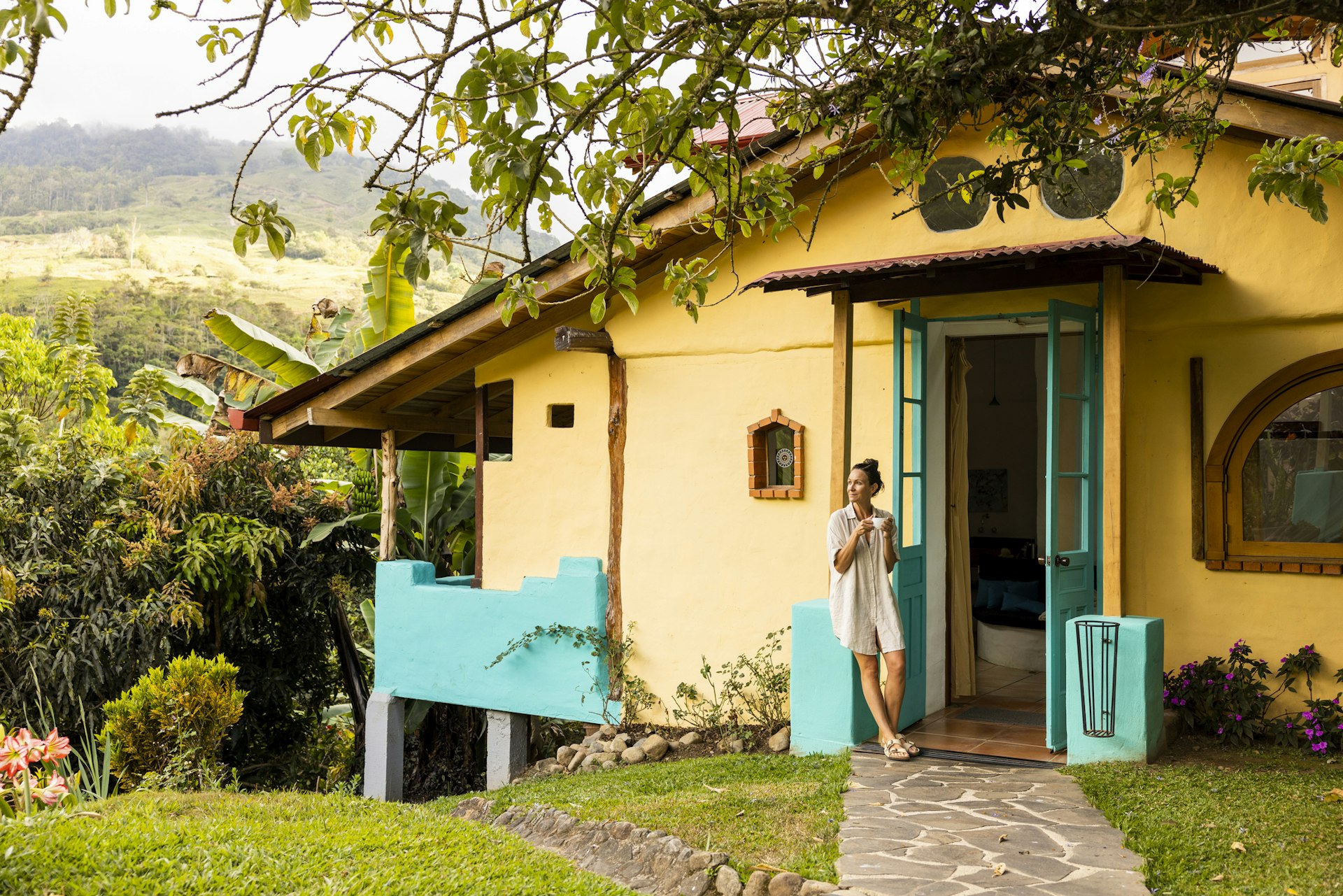
8. Set your watch to Tico time
Efficiency is not a high priority in Costa Rica. Be prepared for a slow start to almost any scheduled event, including tours, meetings, etc. This does not mean you should arrive late, but it does mean that you will spend some quality time… waiting around. Remember, this is a country that has embraced the sloth as a national symbol.
Not unrelated, things in Costa Rica often take longer than you expect. This applies especially when you're to driving to your destination (traffic, road hazards, poor driving conditions, beautiful scenery, etc.) and eating in restaurants (unhurried service, food cooked from scratch). So, take your time and enjoy!
9. Your tip means something
Tipping in Costa Rica is optional. Really! A tip is not expected, but it is much appreciated by hard-working guides and servers. If your service was ho-hum, you are not obliged. But if you receive excellent service on a tour or in a restaurant, don’t hesitate to give a tip to show your gratitude.
10. Staying safe on the trail and in the surf
The biggest danger to travelers in Costa Rica? Rip tides. To stay safe, look for warning flags on beaches: yellow means you should swim with caution and red means swimming is prohibited.
Always be cautious about swimming and surfing alone. Remember: don’t struggle against a current pulling you out to sea; instead, swim parallel to the shore until you are free from the current.
When hiking, be sure to inform a park ranger or reserve attendant before setting out, and always stay on marked trails. Watch out for snakes on the trail and never approach wild animals. (It’s illegal to feed or take a selfie with a wild animal!)
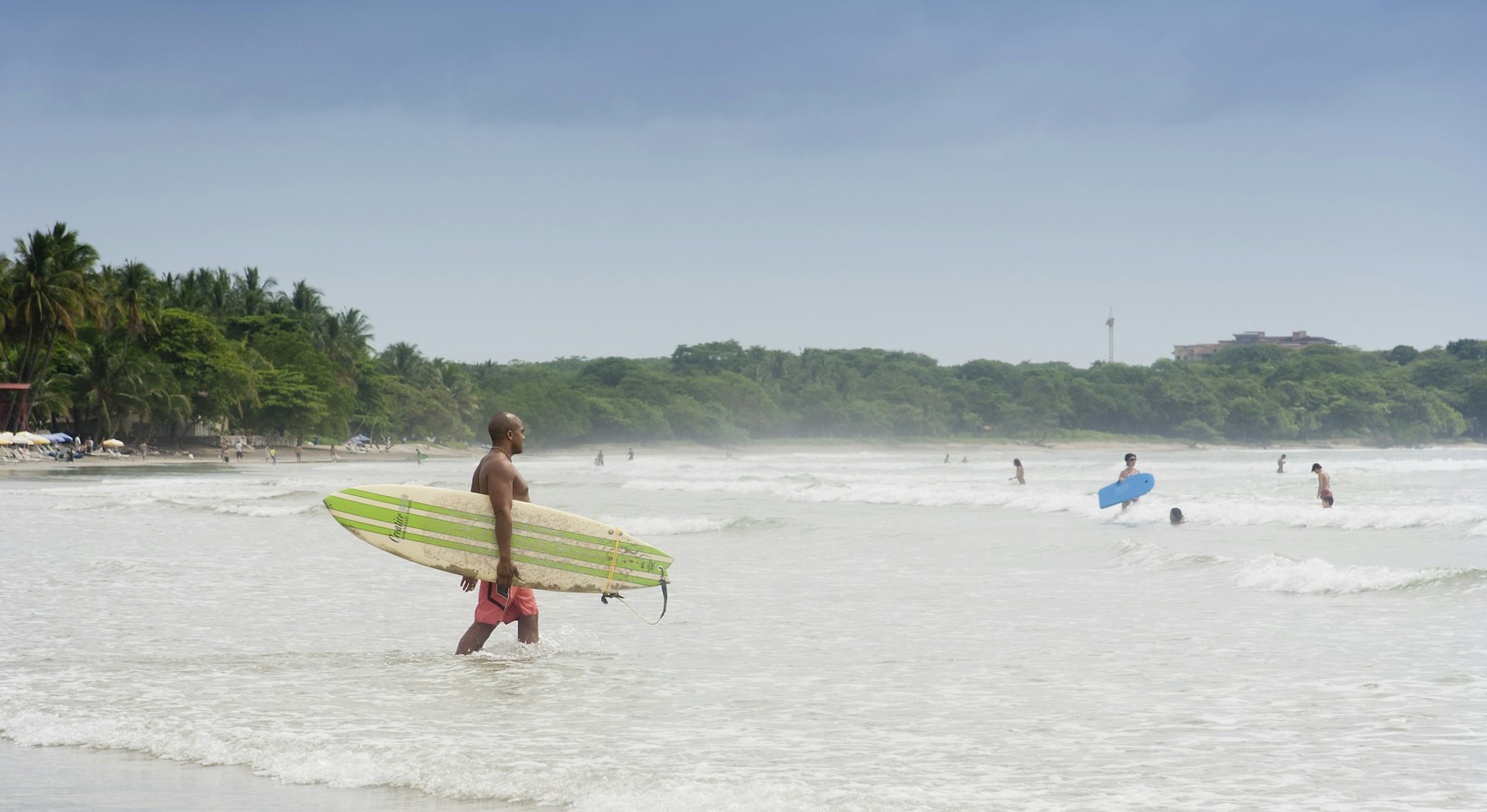
11. Driving conditions can be challenging
Driving is one of the most stressful aspects of traveling in Costa Rica. Be prepared for heavy traffic in cities and poor road conditions everywhere else.
Recent years have seen many new roads and vast improvements to Hwy 1 (aka the Interamericana), which makes for safer, more pleasant driving.
However, you are likely to find yourself driving on some roads that are narrow, winding, unpaved and/or poorly maintained. To stay safe while driving, take your time! Don’t be in a rush to reach your destination. Plan to travel during daylight hours (that is, before 6pm), as the lack of road lighting makes driving in the dark even more precarious.
12. Tap water is a-OK to drink
There may be exceptions in remote villages or off-the-grid locales. For the most part, however, the tap water in Costa Rica is safe to drink. So, there’s no need to purchase single-use plastic bottles. Bring your own water bottle to save money and save the planet!
13. High-quality healthcare is available
The healthcare system in Costa Rica is ranked among the best in the world (according to the World Health Organization and the United Nations), so in case of minor mishaps or unfortunate emergencies on your trip, you will be well taken care of.
Although the country’s public healthcare system (Caja) provides free universal coverage for citizens and permanent residents, travelers and ex-pats need to cover their own costs.
There’s also a private healthcare system, which may be covered by US or European health insurance. Medical consultations, procedures and medications are relatively affordable in Costa Rica, but travelers’ insurance with medical coverage is always recommended.
In case of emergency, call 911.

